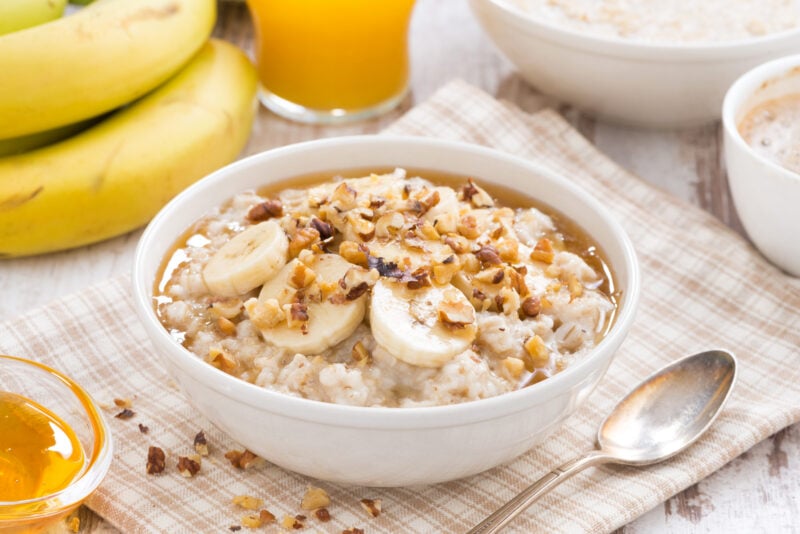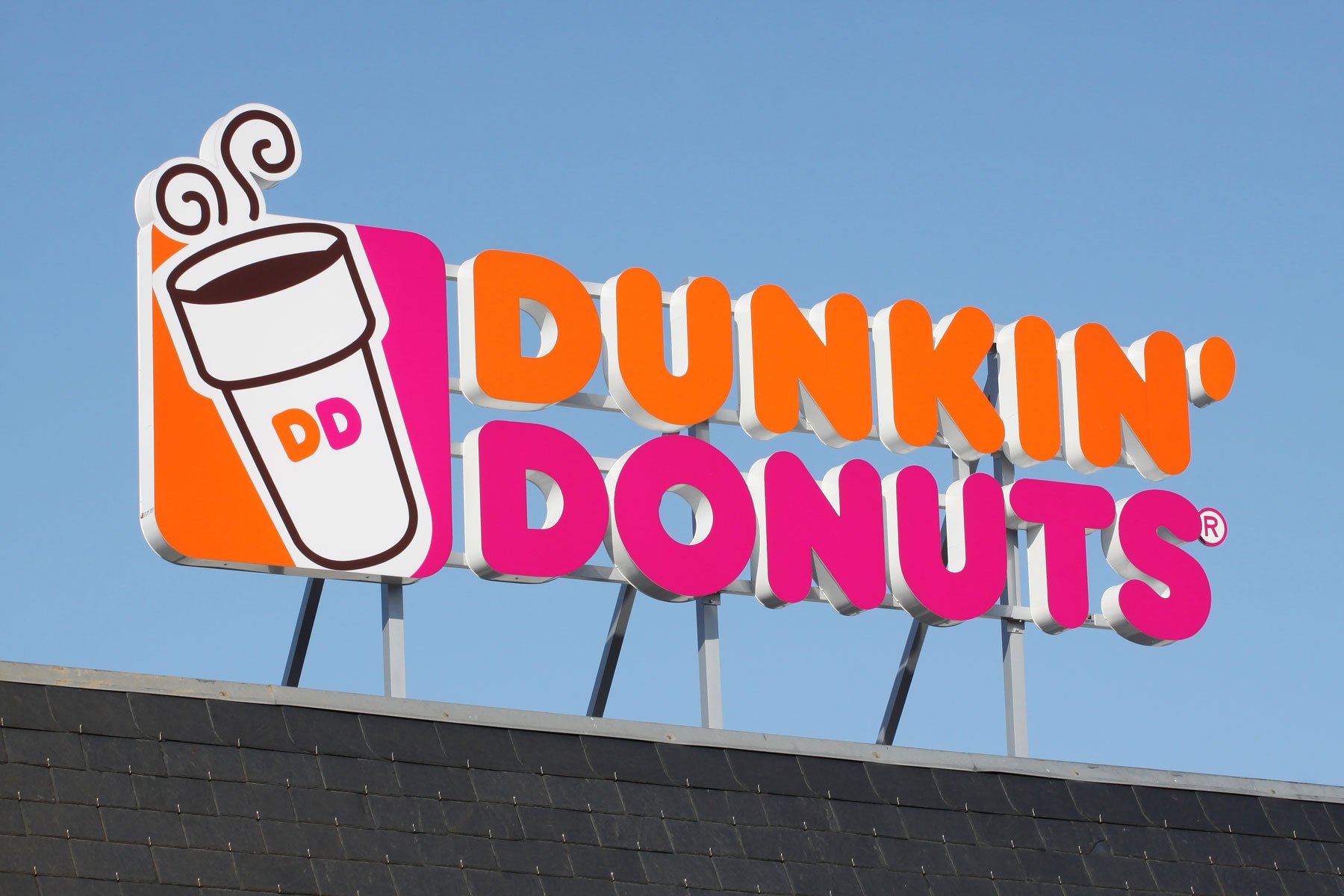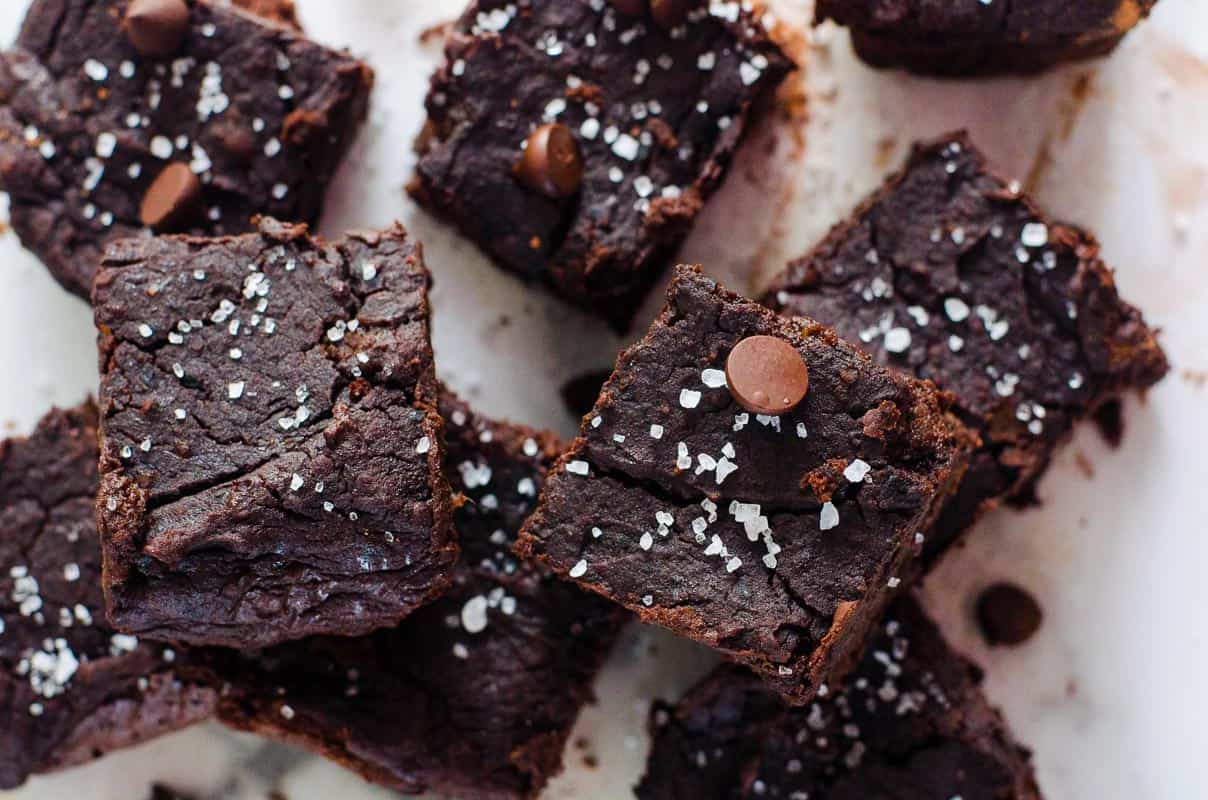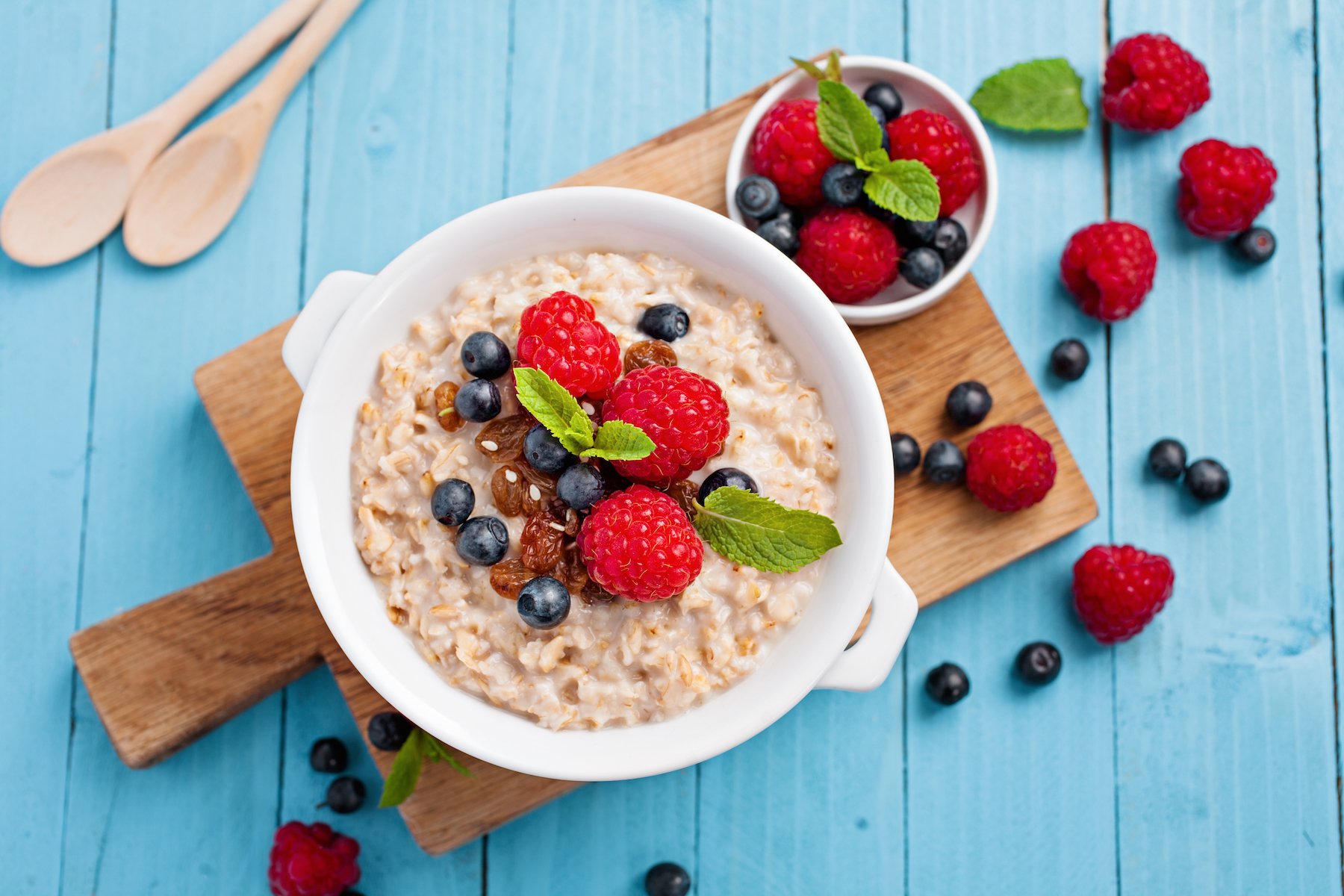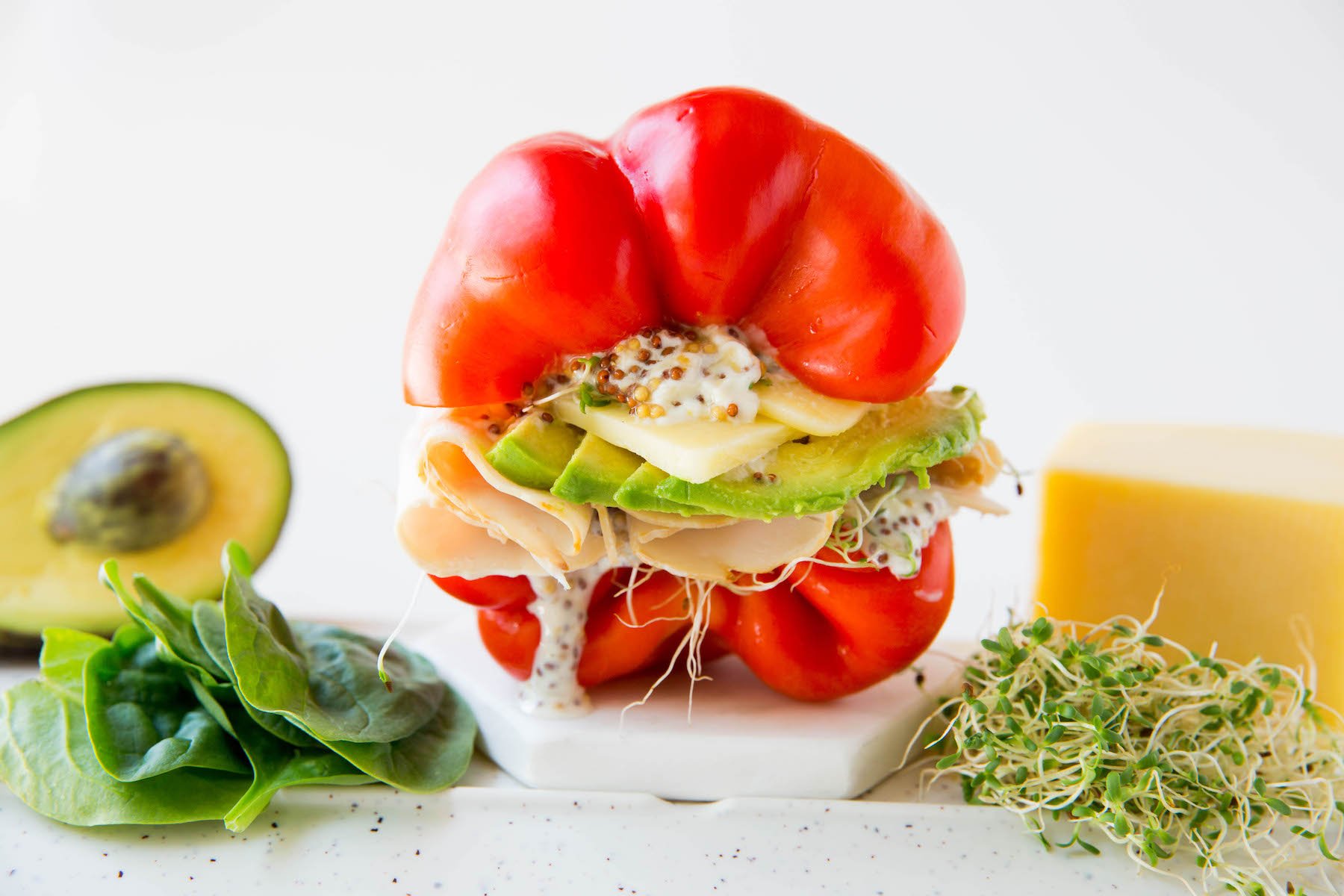Switching from cereal to unsweetened oats for breakfast, choosing whole fruit over a bar for a snack, and upgrading from white to brown rice at dinner all seem like better choices. And, when it comes to metabolic health, less processed foods like these are preferred over highly processed foods.
However, even these “healthy” alternatives can negatively impact your health by triggering blood glucose spikes.
We identified 10 foods that may surprise you for being not as healthy as you think, plus food swaps, recipe adjustments, and other ideas to avoid or blunt a sharp blood sugar response.
1. Orange Juice
Orange juice is a concentrated source of vitamin C—an 8-ounce glass of Tropicana Pure Premium has 100% of your daily needs. This powerful antioxidant plays a role in wound healing, protein metabolism, immune function, and many other processes.
However, a glass of Tropicana also contains 22 grams of sugar. A little more than half this sugar is fructose, a simple sugar found naturally in fruits and vegetables. Consuming fructose very quickly—as tends to happen when drinking something—can overwhelm your liver and lead to inflammation and mitochondrial dysfunction.
On top of that, orange juice contains virtually no fiber, protein, or fat. Fiber is especially essential for regulating blood sugar, as it helps slow the body’s breakdown of starches into glucose and hinders the rise of blood sugar levels.
Better pick: Skip any fruit juice and opt for the whole fruit. Although a medium orange has 12 grams of sugar, it also contains 3.1 grams of fiber and 70 milligrams of vitamin C. That’s almost 78% of the recommended amount of vitamin C for men and 93% for women per day. Pair your fruit with a high-fat and protein food like almonds or eggs to lower your post-meal glucose response.
2. Oatmeal
Oatmeal is associated with reduced heart disease risk and weight loss, but it’s also a consistent driver of glucose spikes in our members. The oats in quick-cooking oatmeal have been processed and stripped of the fiber-rich outer layer. The starchy part left behind cooks quickly but also breaks down faster in your body, leading to a sharp rise in blood sugar. Even steel-cut oats, which contain all three layers of the grain, can cause a surge in blood sugar in some people.
Toppings also make a difference. Sweeteners like maple syrup and brown sugar only further increase your glucose response, and even fruit like bananas can have the same effect unless you add sufficient nut butter or other fiber, protein, and fats.
Better pick: Chia seed pudding is a good stand-in for oatmeal or cereal. Nutritionist Kelly LeVeque recommends this warm pudding made with chia, flax, and hemp seeds, which all contain anti-inflammatory omega-3 fatty acids. Or swap your oats for grain-free granola.
3. Non-Dairy Milk
Non-dairy milk is a popular choice for those who are lactose intolerant, vegan, or simply don’t like cow’s milk. But you have to choose wisely and check the labels.
Oat and rice milk are high in carbs and low in protein. One cup of oat milk has about 16 grams of carbs and 3 grams of protein, while a cup of rice milk contains about 22 grams of carbs and less than a gram of protein.
Meanwhile, other milk alternatives have fewer carbs. A cup of unsweetened almond milk has 1 gram of carbs and 1 gram of protein. One cup of unsweetened hemp milk has 0 grams of carbs and 3 grams of protein. Always watch for added sugars no matter what milk alternative you choose. One popular almond milk brand has 7 grams of sugar per cup.
Better pick: Choose unsweetened almond, cashew, hemp, coconut, or flax milk. Then carefully compare the ingredients and nutrition of different brands. For example, gums added to some brands to create a creamy consistency can cause stomach discomfort in some, so you may want to pick organic brands that contain only nuts or seeds and water.
4. Avocado Toast
On its own, creamy avocado provides healthy fats and fiber. But white and whole-grain breads have a high glycemic index (GI), meaning they can quickly and steeply raise blood sugar since they’re made with refined wheat flour, a carb your body processes quickly. Levels data shows that this popular food combination is a common culprit of glucose spikes. Plain avocado toast has an average rise of 29 mg/dL and a score of 5.9 (out of 10, the best score). Meanwhile, toast with jam has an average increase of 40 mg/dL and a score of 4.2. Avocado tends to raise blood sugar by 21 mg/dL and has a score of 7.2.
Better pick: Opt for a low-carb bread like Ezekiel 4:9 Sprouted Whole Grain Bread, make cloud bread or almond flour bread, or use high-fiber flax crackers (like these) to act as the vehicle for your avocado.
5. Soup
Soup is often packed with metabolically friendly vegetables, beans, and lean meats, but many canned and restaurant soups contain loads of added sugars (one condensed tomato soup packs 16 grams per cup) and other carbs, even if they don’t have rice or noodles. For example, Panera Bread uses “bread base” (essentially refined flour) to thicken some vegetable soups.
Better pick: Make your own soup with a heavy mix of vegetables, lean proteins, and healthy fats. If you’re in a pinch, consider high-protein, low-carb bone broth. Some research has found that glycine, an amino acid found in bone broth, can help dampen a blood sugar response. Choose one with no added sugars, such as this one. Then add a side salad or cooked veggies to get your fill of fiber.
6. Bean and Veggie Burgers
Plant-based burgers have a health halo and do have some positive qualities. Bean burgers, in particular, tend to have good amounts of fiber, protein, and micronutrients.
However, beans may also be high in starch, which can cause blood sugar spikes in some people. Additionally, many pre-made veggie burgers are a highly processed food and often contain questionable ingredients such as additives and refined seed oils. These oils are high in omega-6 fats, which some research links to poor metabolic health when over-consumed: linoleic acid may contribute to insulin resistance.
Better pick: Consider making these smoky, spicy veggie burgers that also feature mushrooms and walnuts. Then skip the bun and wrap your burger in lettuce to limit carbs.
7. Grapes
As nature’s dessert, fruit is usually healthier than packaged cookies. But grapes are among the worst fruits for metabolic health. These poppable treats are high in sugar and relatively low in fiber, which can cause spikes in blood sugar.
Better pick: Swap out grapes for berries (especially raspberries, which are very high in fiber and low in sugar for a fruit). Then make your own snack board by eating them with nuts, cheese, or dried, unsweetened coconut.
8. Energy Bars
While convenient, energy bars are also known for containing as much or more sugar and carbs as some candy bars.
Syrups and other sweeteners (like brown rice syrup, corn syrup, and cane sugar) are often primary ingredients. Many bars also contain rice, oats, or other quick-digesting carbs. Considering these tend to be eaten on their own, that’s just asking for a steep rise in blood sugar. Even low-sugar options may be high in sugar alcohols, which can cause GI distress.
Better pick: Prepare your own healthy snack bars. If you need a packaged option in a pinch, look for bars with no added sugars and more fiber and protein. Some brands to consider include Epic Provisions and Bulletproof. Or swap bars for other snacks for metabolic health, like jerky and single-serving guac with grain-free tortilla chips.
9. Brown Rice
When choosing rice, brown is considered the healthier option than white because it contains 2.5 more grams of fiber per cooked cup and has a lower glycemic index (55 compared to 64).
Still, brown rice is high in carbohydrates (52 grams per cup), so it often spikes blood sugar. Levels’ member data shows that unrefined brown rice can cause a jump of 38 mg/dL, a significant rise.
Better pick: Use riced broccoli or cauliflower to boost fiber and antioxidants like alpha-lipoic acid, which has been found to help lower blood sugar when taken as a supplement. You could also see how ancient grains affect your blood sugar. These have fewer carbs and more fiber and protein compared to rice. Millet is one to consider: One study on people with Type 2 diabetes found that swapping millet in for rice significantly reduced post-meal blood sugar levels, possibly because of its fiber content. Other research links millet to improved blood sugar control. Finally, cooling and reheating rice can lower the glycemic impact by creating resistant starch.
10. Sweet Potatoes
Sweet potatoes are considered healthier than white tubers because they have more insoluble and soluble fiber. They’re also rich in antioxidants, which protect against free radicals that can damage cells and cause oxidative stress. This stress is linked with diseases such as metabolic disorders, diabetes, cancer, and cardiovascular disease.
At the same time, sweet potatoes are high in starch and can cause blood sugar spikes in some people, especially if consumed in high amounts. In fact, some Levels members have seen a bigger glucose response after eating sweet potatoes than after eating white ones.
Better pick: Turn sweet potatoes into a more metabolically healthy meal by limiting your portion size: A third of a cup cooked has about 14 grams of carbs. Also, eat the protein, fat (avocados and fatty fish are good options), and non-starchy veggies on your plate first. Research has found that this strategy decreases glucose levels after meals, leading to fewer blood sugar fluctuations since it slows digestion.
